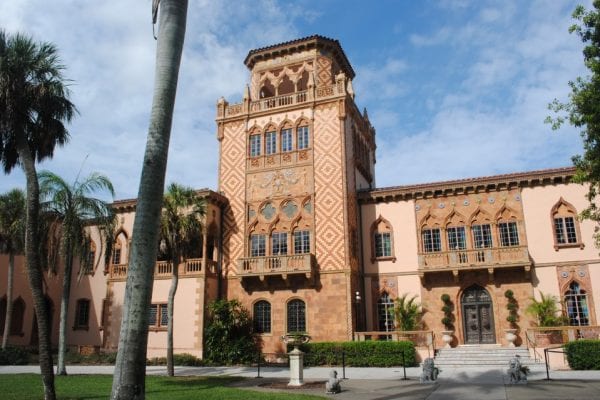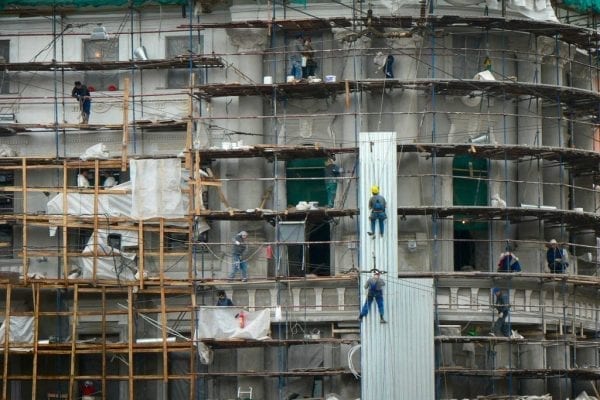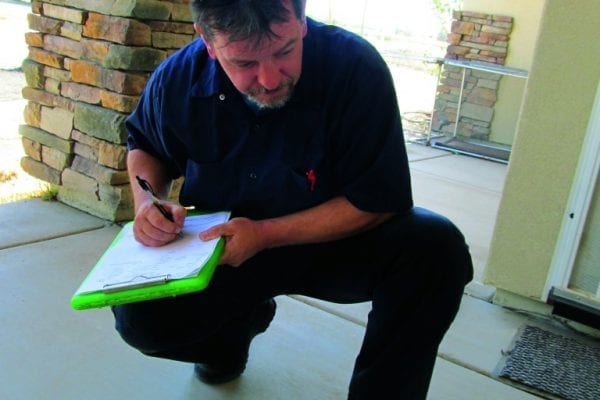In an ideal world, every new construction project would take place on a plot of perfectly clean and prepared land that is well suited exactly for the purpose.
In reality, most projects, especially those in urban areas, are sited on property that has a history, and not always a clean one. Often, that history means the soil or groundwater is contaminated, and the property requires remediation before the construction project can receive a certificate of occupancy.
In many cases, there are two loans on the project–the property loan and the construction loan. When clean-up is required for the property loan or to meet governmental regulations, this means there are two sets of requirements: Construction requirements, and environmental requirements.
Usually, these two sets of requirements exist in siloes. This can create unnecessary risk for the lender and the construction company, when environmental requirements are not communicated effectively to the construction team.
If any of the requirements are missed as a result, the project can come to a grinding halt, lose funding, or get slapped with fines.
Here’s how to protect your next project from an expensive snafu.
How The Problem Occurs
Most lenders and property purchasers know to invest in a Phase I and/or Phase II Environmental Site Assessment (ESA) prior to making a purchase of land.
Depending on the results of the ESA, lenders may require certain remediation be completed on the property prior to or following the purchase.
In most cases, once the land is secured, the property owner begins the process of planning for construction. Environmental remediation may occur during this stage, or may occur later in the process.
Once construction documents are prepared and a GC selected for the project, the lender may require a Plan and Cost Review (PCR) be conducted to ensure that the GC’s plans are complete and associated costs are reasonable. Construction Loan Inspections (CLIs) may be used to ensure that materials are in place and stored correctly during construction, work is completed as stated, contingencies are met, and other terms of the contract are met satisfactorily.
However, a standard PCR and CLI are not designed to ensure that environmental regulations are being met. These requirements are usually put in place by a different department at the bank or even a different bank, and rarely communicated effectively to the construction lending team.
As a result, a construction project can run into regulatory problems and unnecessary expenses when environmental requirements fail to be met. This can get costly when the remediation requires work in place to be dismantled and reworked.
How to Protect Your Projects
The solution to this problem is to hire a company with experience in both the construction side and the environmental side, to conduct a complete review of all requirements on both sides.
A firm like GLE can conduct a PCR that incorporates environmental requirements, and CLIs that review whether they are being met as the project proceeds.
We would love to talk to you about how we can help you mitigate risk on your next construction project. Speak with our experts today.






